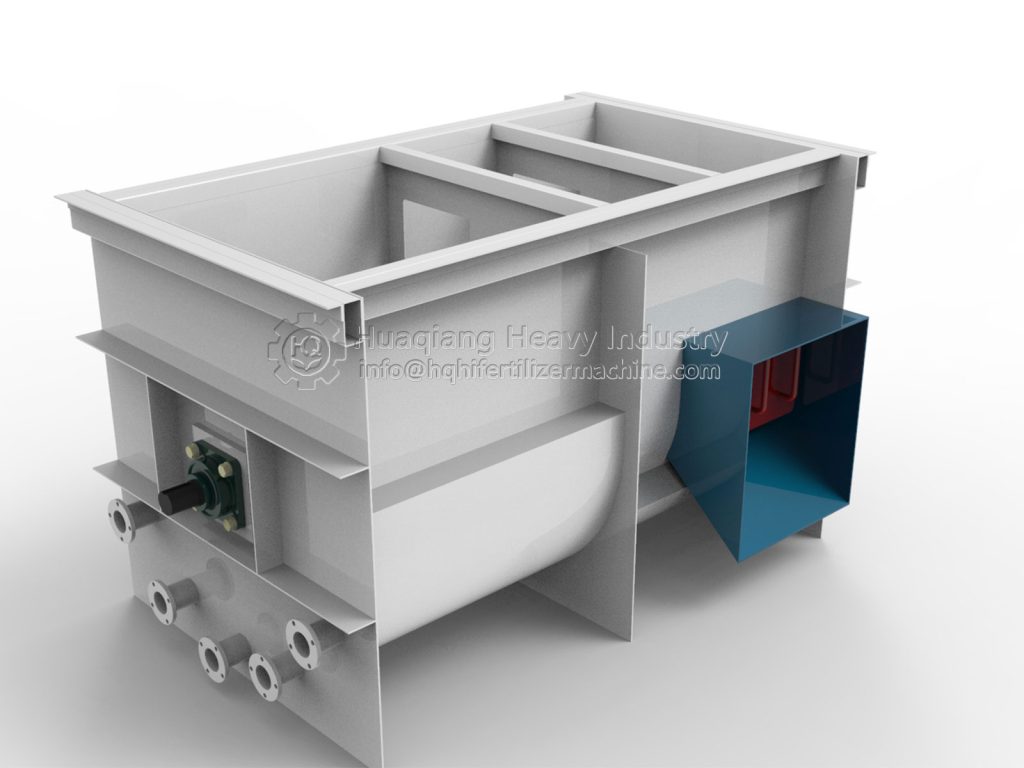Comparative Analysis of Two Methods
A comparative analysis between composting (aerobic) and fermentation (anaerobic) reveals significant operational and practical differences. In terms of time required, composting typically demands 2-3 months for completion, whereas fermentation is a considerably faster process, concluding within just 1-3 weeks. The fundamental oxygen requirement starkly contrasts between the two: composting necessitates regular turning for aeration to maintain aerobic conditions, while fermentation occurs in a completely sealed, oxygen-free environment. Regarding the final product, composting yields a valuable solid soil amendment, and fermentation produces a concentrated liquid fertilizer. The nutrient profile also differs substantially—composting provides comprehensive, slow-release nutrition, making it ideal for basic soil improvement, whereas fermentation generates fast-acting nutrients that allow for quick plant nutrient supplementation.
This analysis shows that these two fermentation and composting technologies for organic fertilizers play complementary roles in sustainable agriculture, with composting improving long-term soil health and fermentation meeting the immediate nutritional needs of plants.
Unique Advantages of Composting
Composting not only provides plant nutrition but more importantly improves soil physical structure, increases soil organic matter content, and enhances soil water and nutrient retention capacity. The high temperatures generated during composting can also kill pathogens and weed seeds.
Unique Advantages of Fermented Liquid
Fermented liquid fertilizer contains rich microbial metabolites and plant growth-promoting substances that can be quickly absorbed and utilized by plants. It is particularly suitable for nutritional supplementation during critical growth stages of plants, with fast results and convenient application.
Practical Operation Tips
Key Points for Successful Composting
- Maintain proper carbon to nitrogen ratio (25-30:1)
- Control appropriate moisture (40-60%)
- Ensure adequate aeration
- Maintain fermentation temperature (50-65℃)
Key Points for Successful Fermentation
- Select fresh organic materials
- Control sugar addition amount
- Ensure sealing but leave ventilation
- Ferment at appropriate temperature
Innovative Application Suggestions
The integration of composting and fermentation technologies creates an optimal fertilizer production machine system that delivers comprehensive plant nutrition. This begins with efficient composting operations using specialized equipment like the large wheel compost turner and chain compost turner, which are essential components in the organic fertilizer production line. These windrow machine solutions ensure proper aeration and decomposition, forming the foundation of soil fertility improvement.
Following the composting phase, the production process utilizes advanced fertilizer making machine equipment including the disc granulation production line and fertilizer granulator to transform organic matter into usable fertilizers. The complete bio organic fertilizer production line incorporates all equipments required for biofertilizer production, such as the drum organic fertilizer dryer for moisture control and various compost fertilizer machine units for processing. This integrated approach creates a “long-term + immediate effect” combination that meets plant nutritional requirements throughout the growth cycle while maintaining optimal soil health through sustainable production methods.




